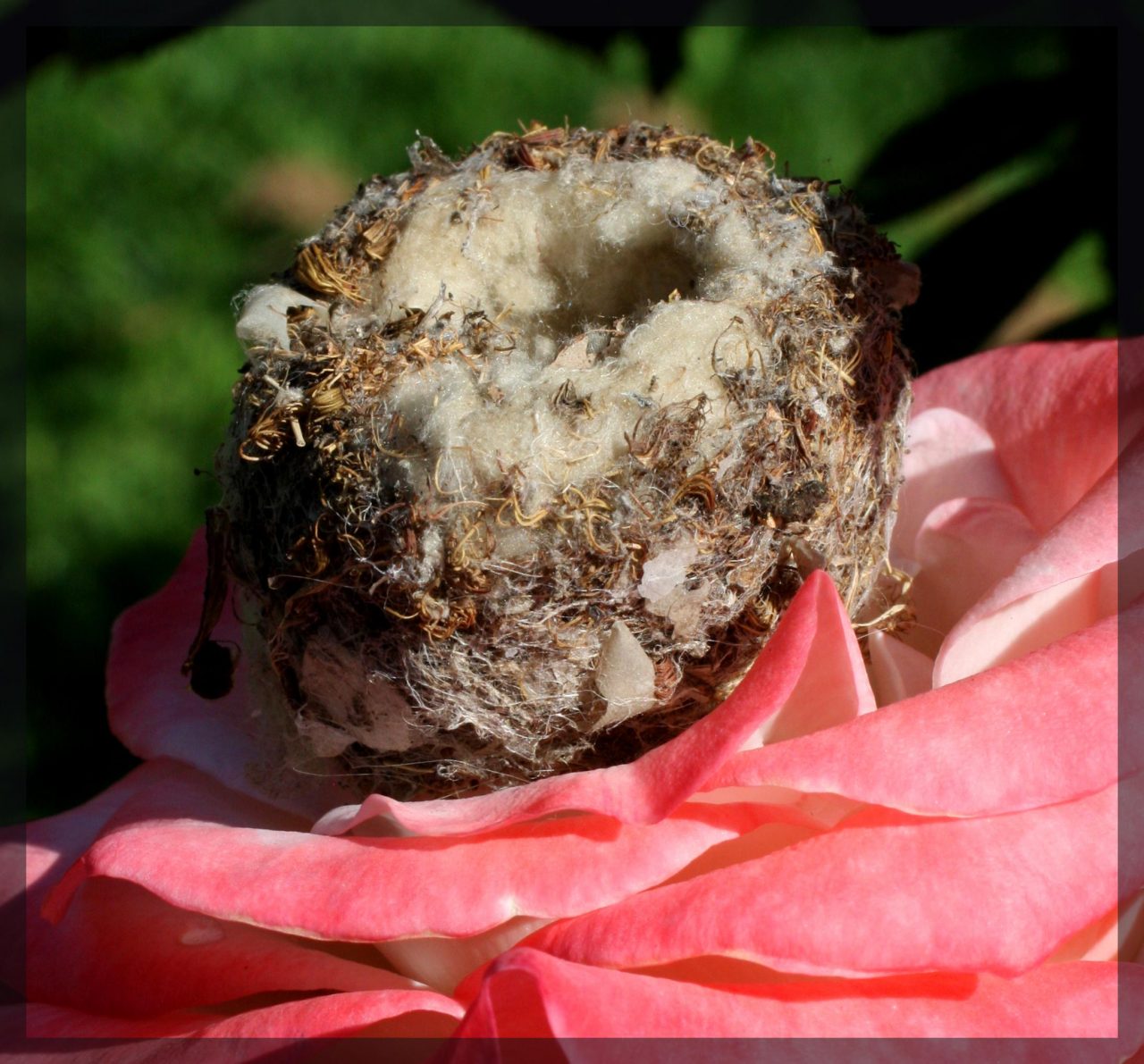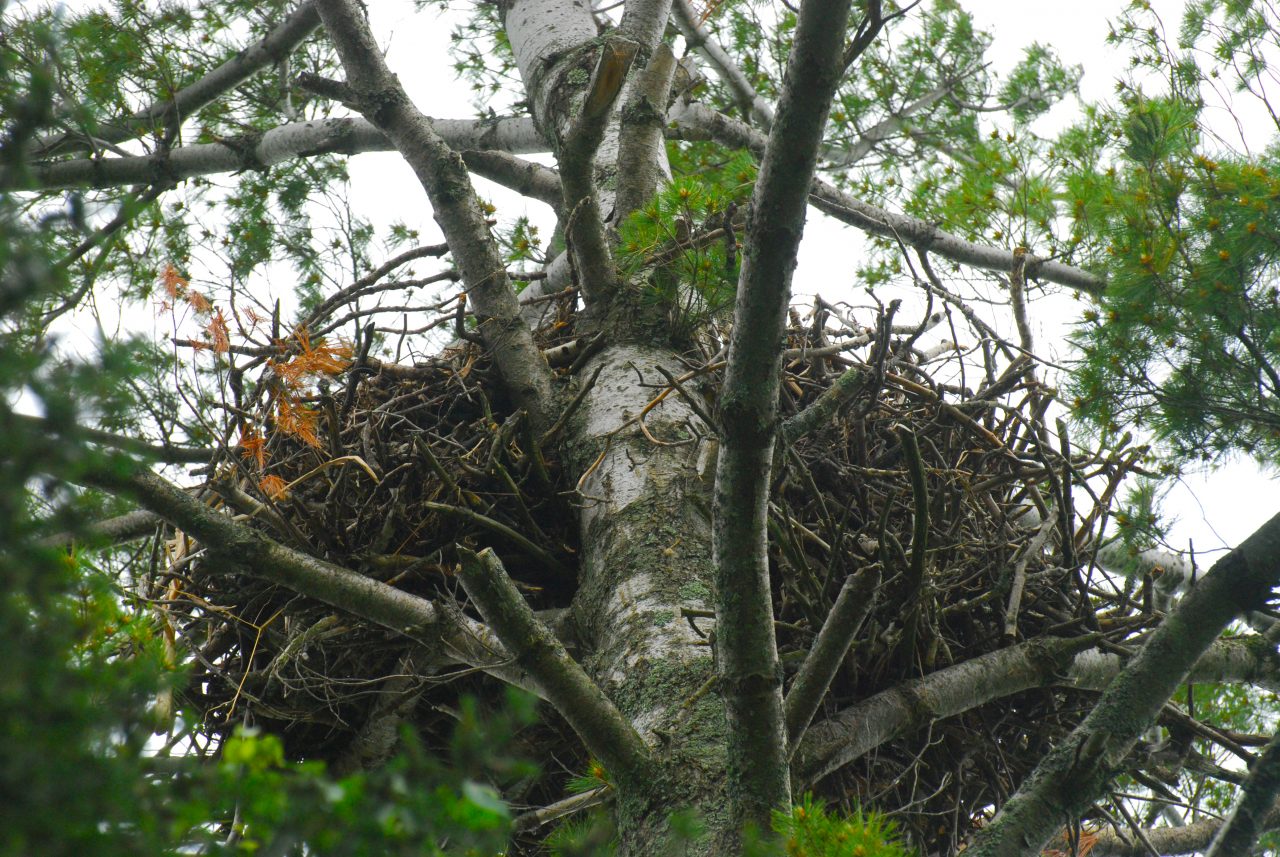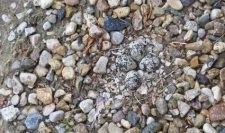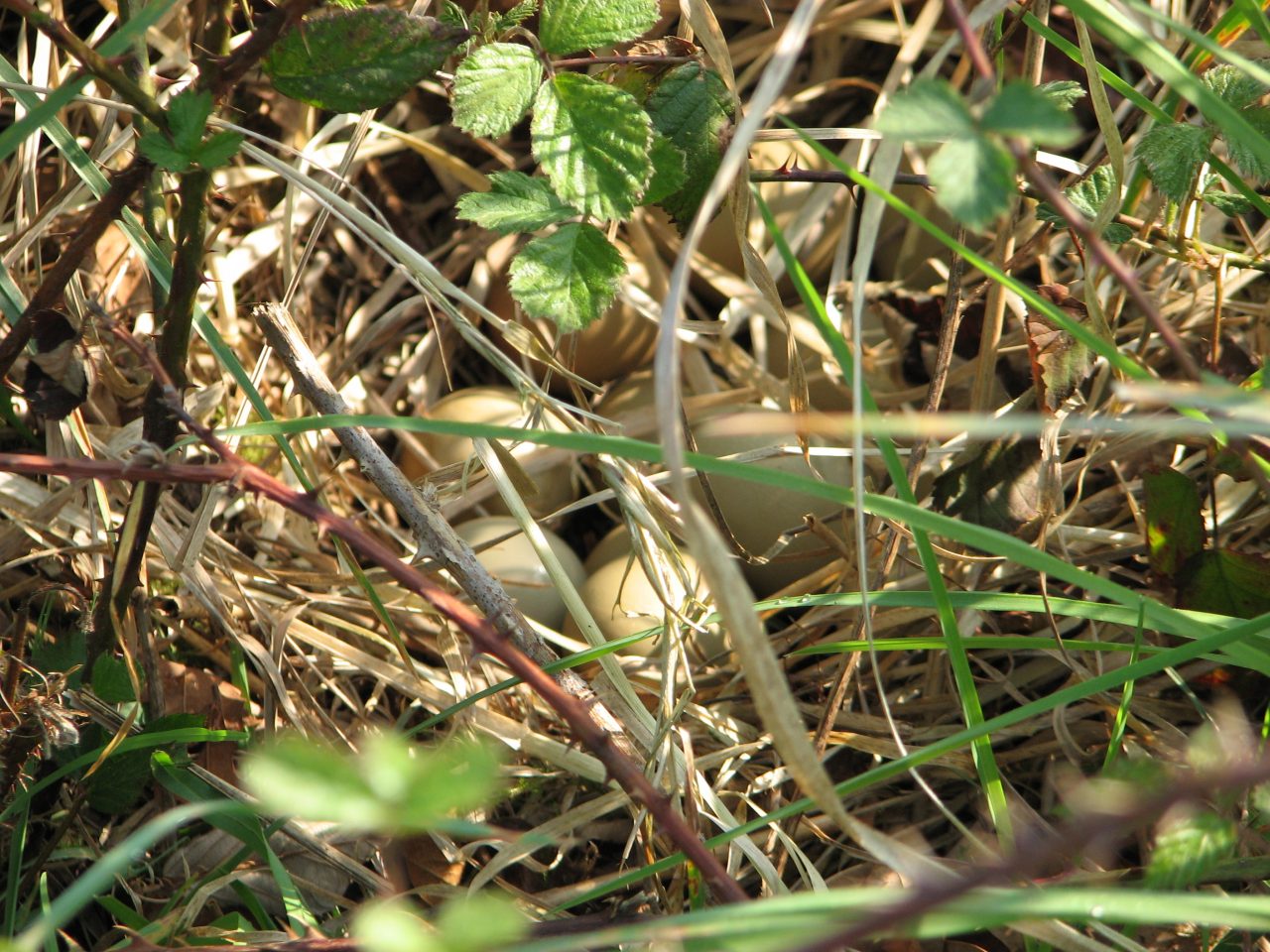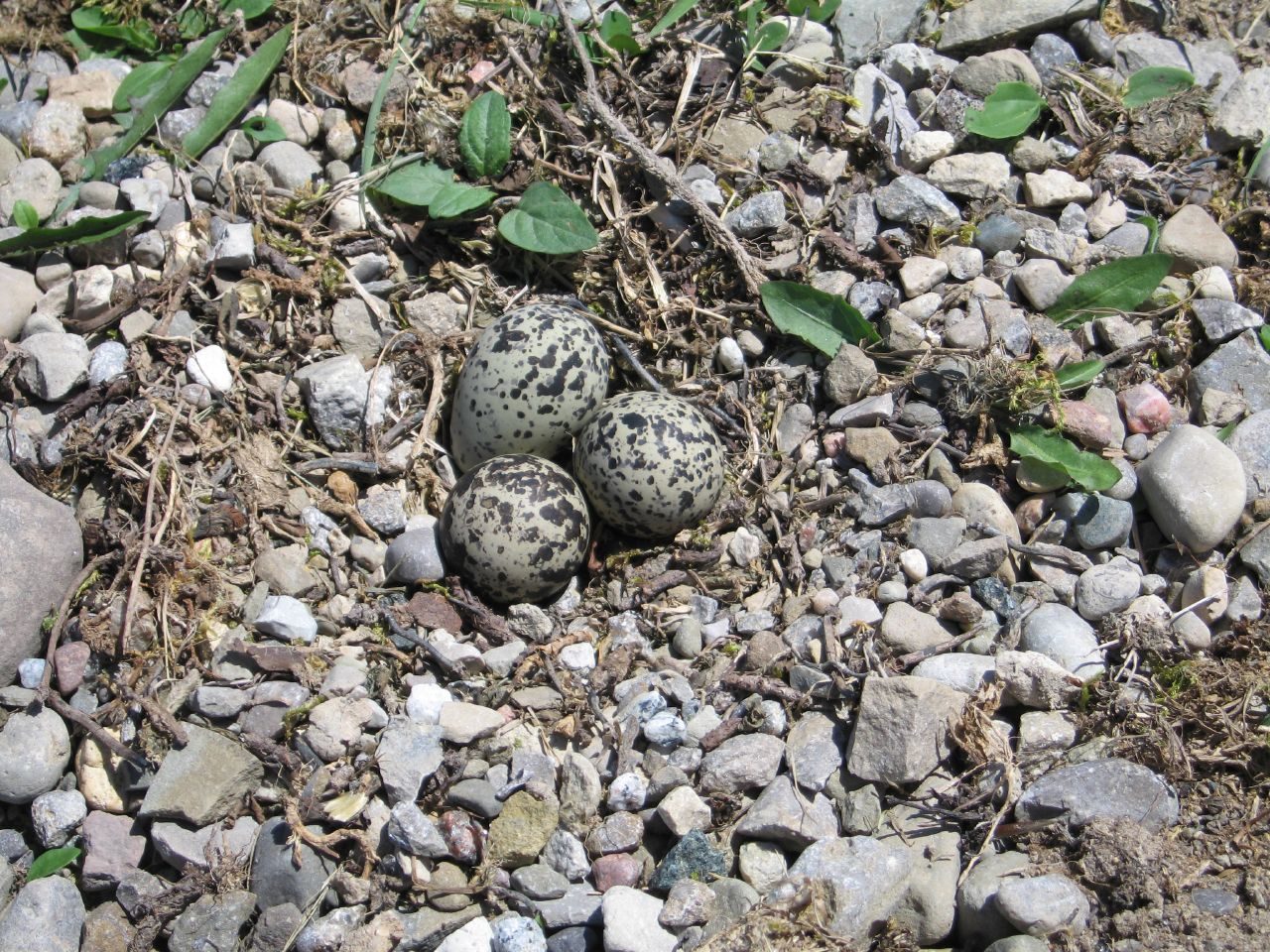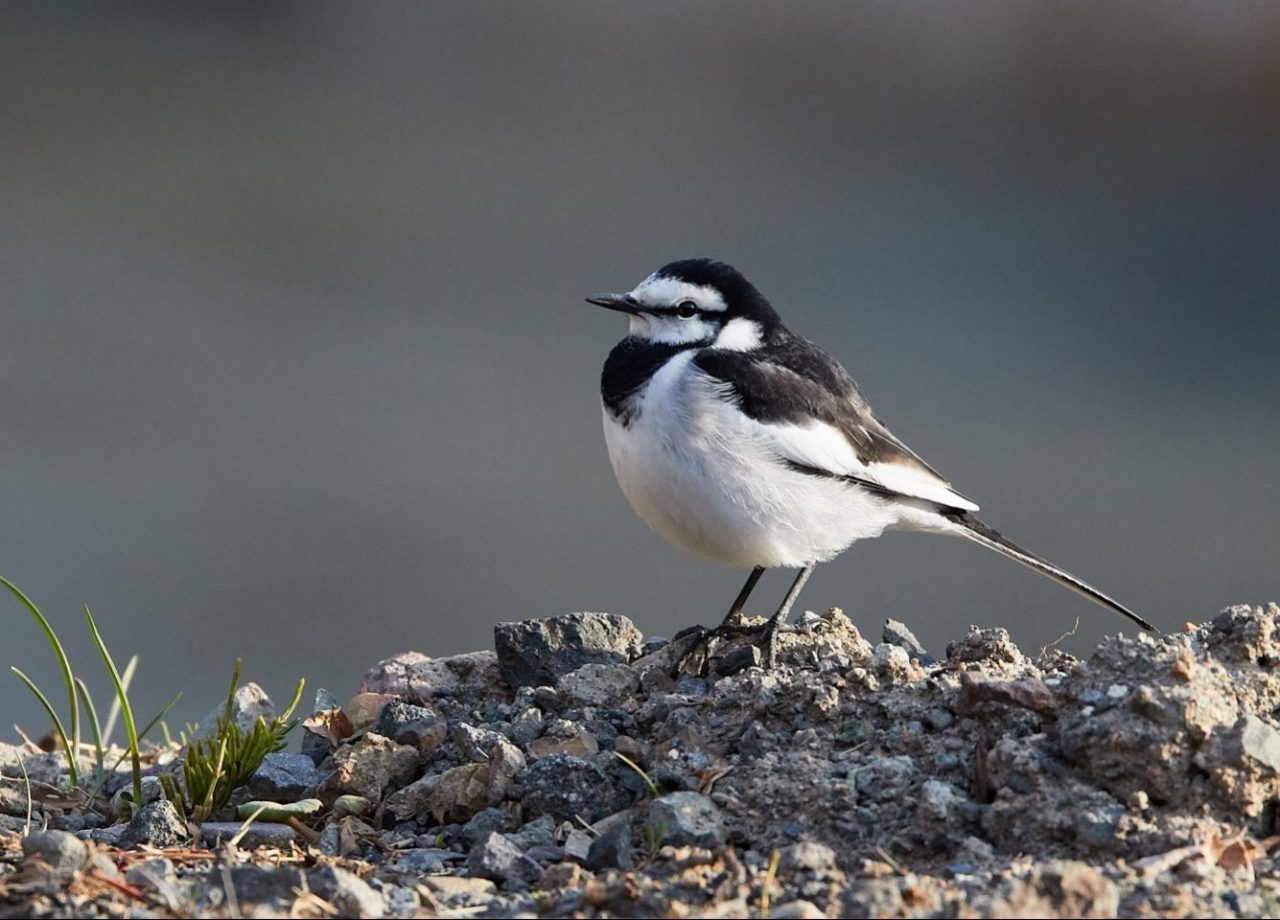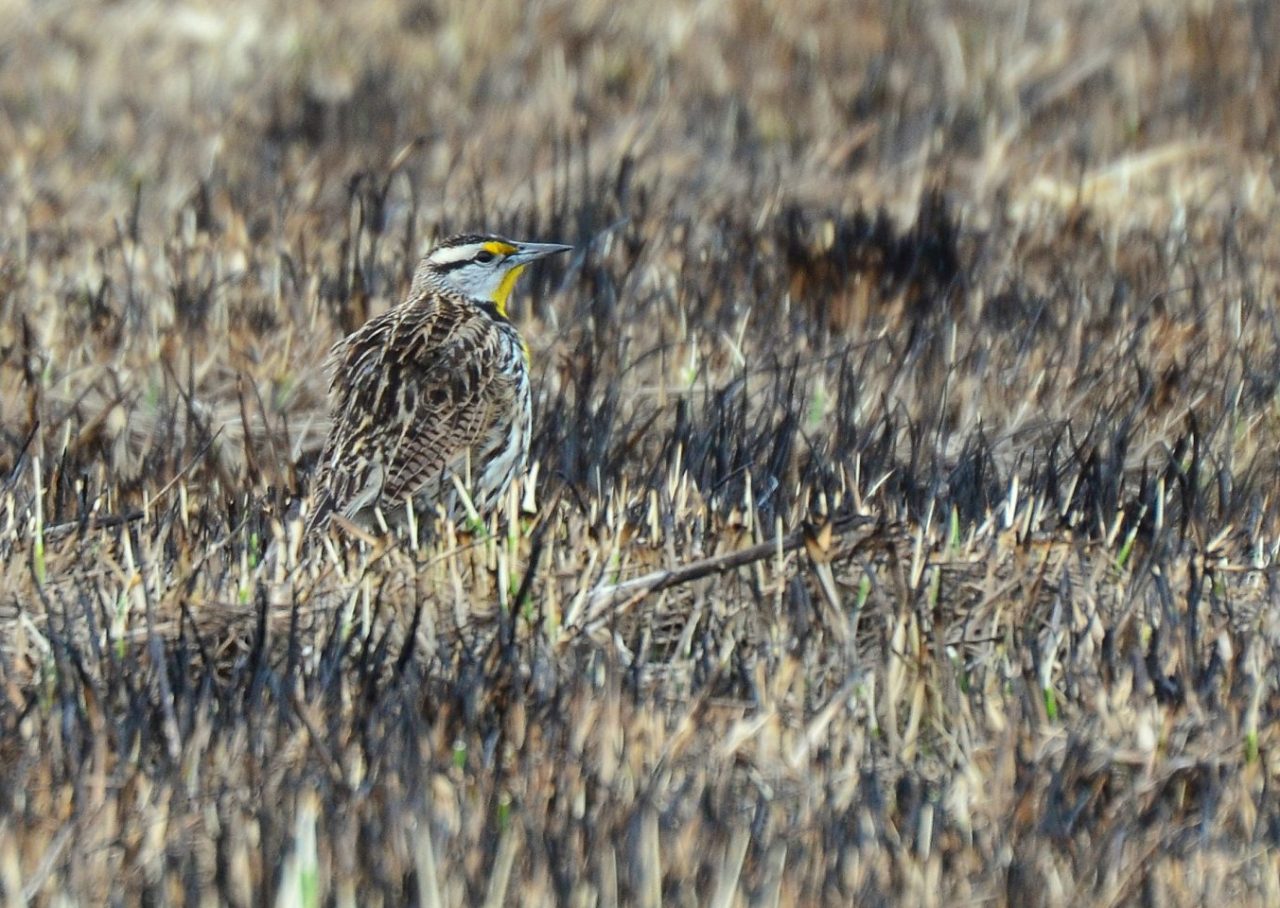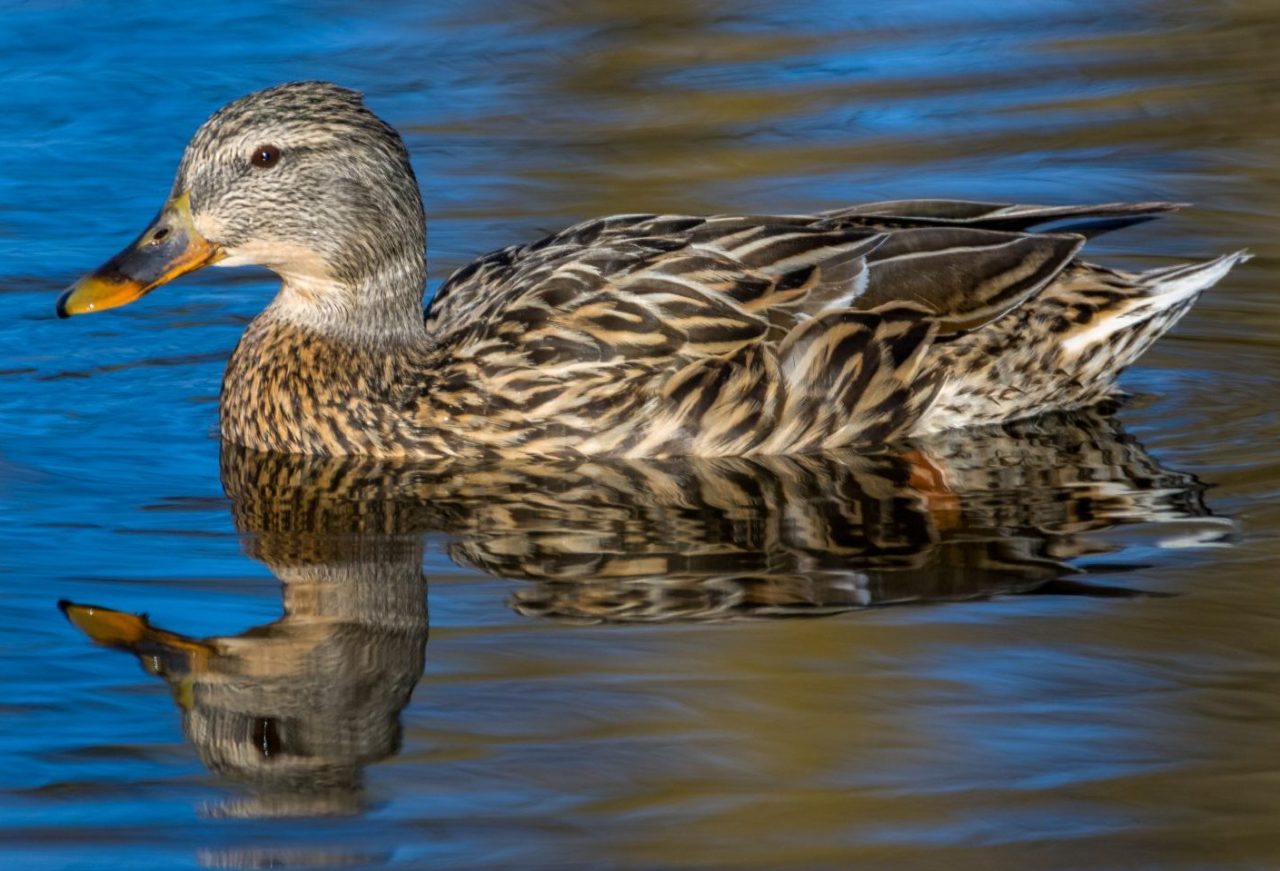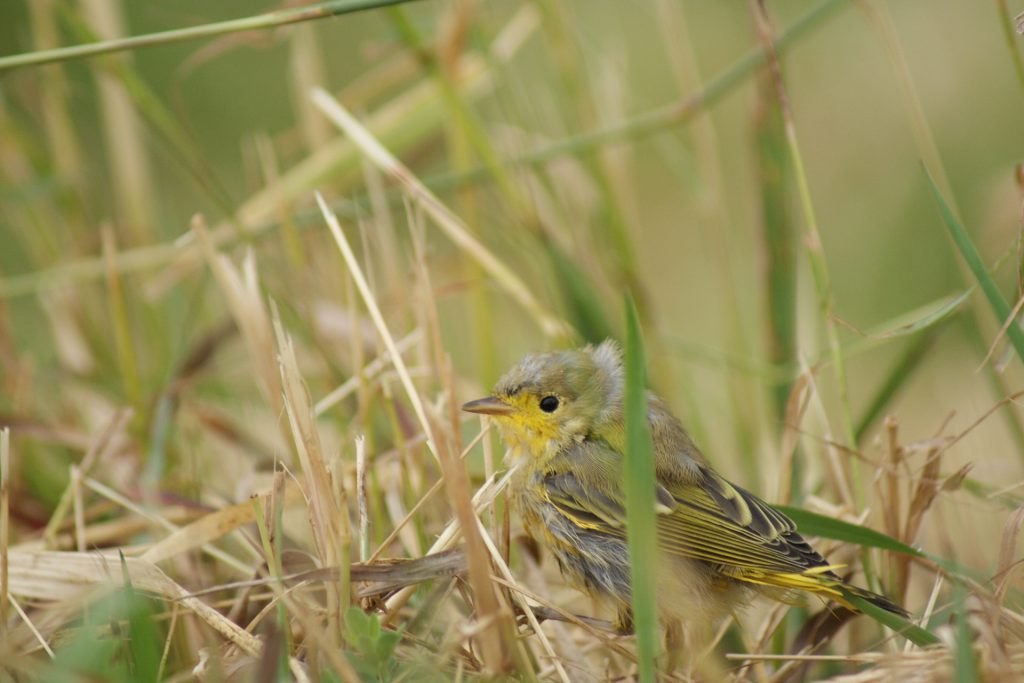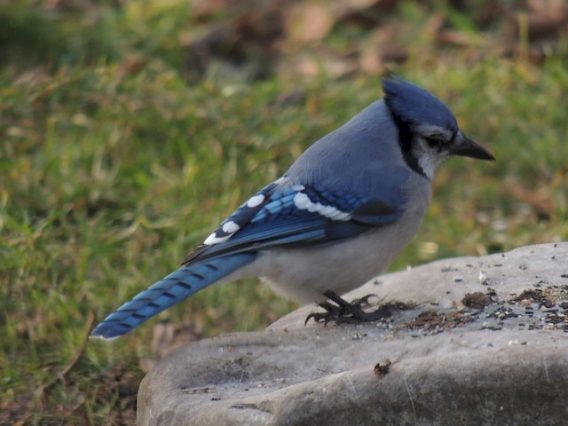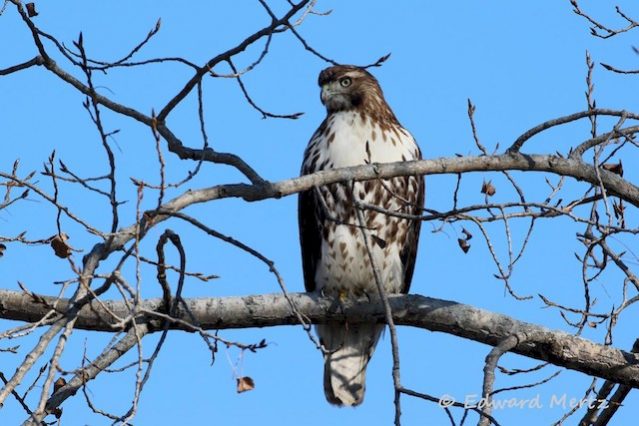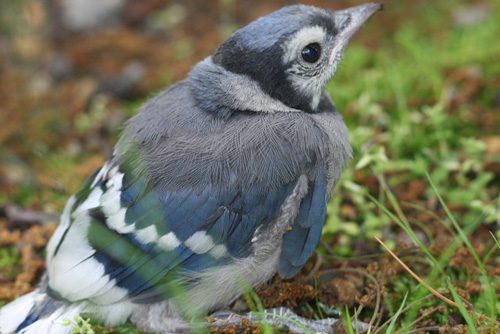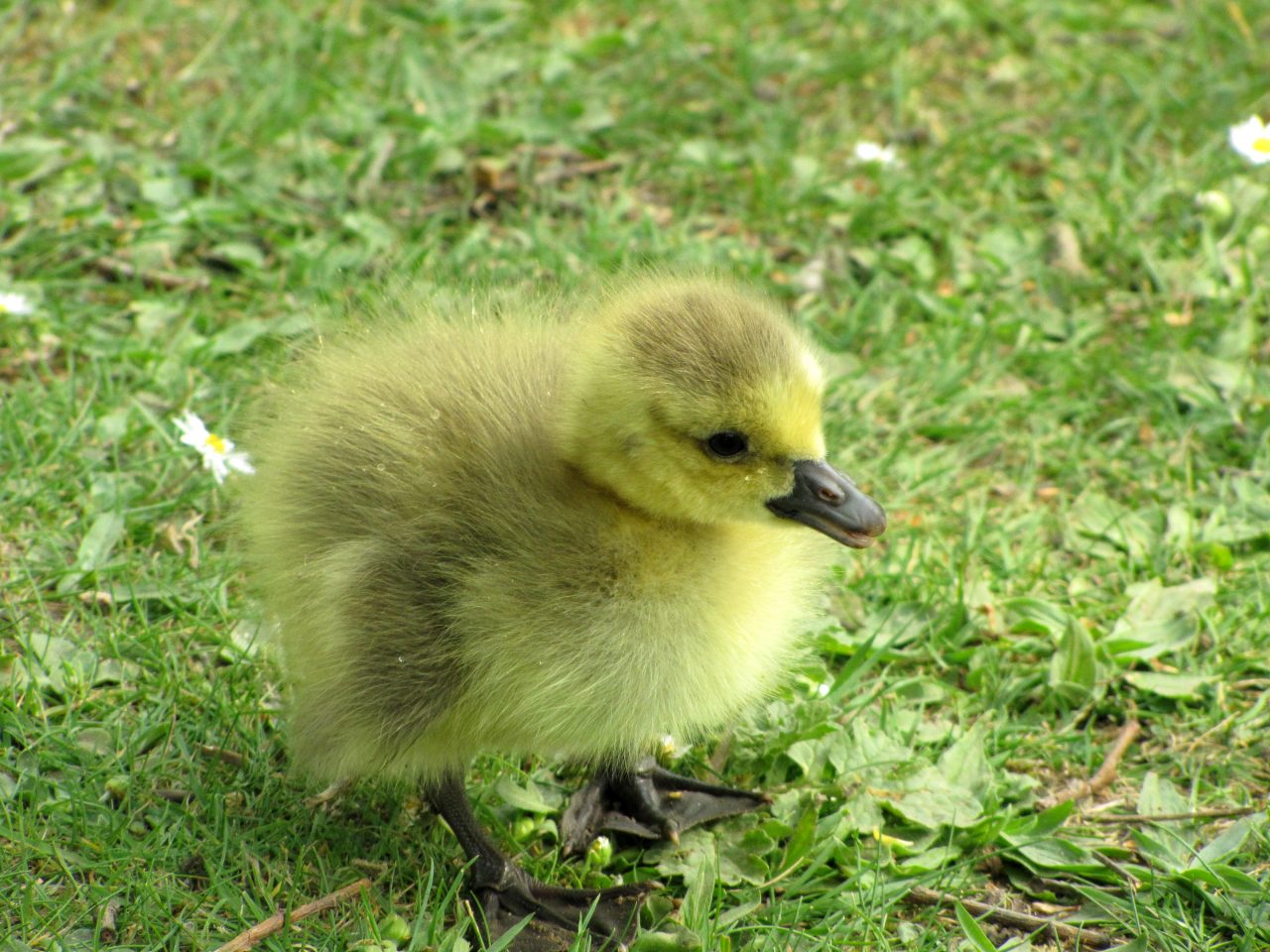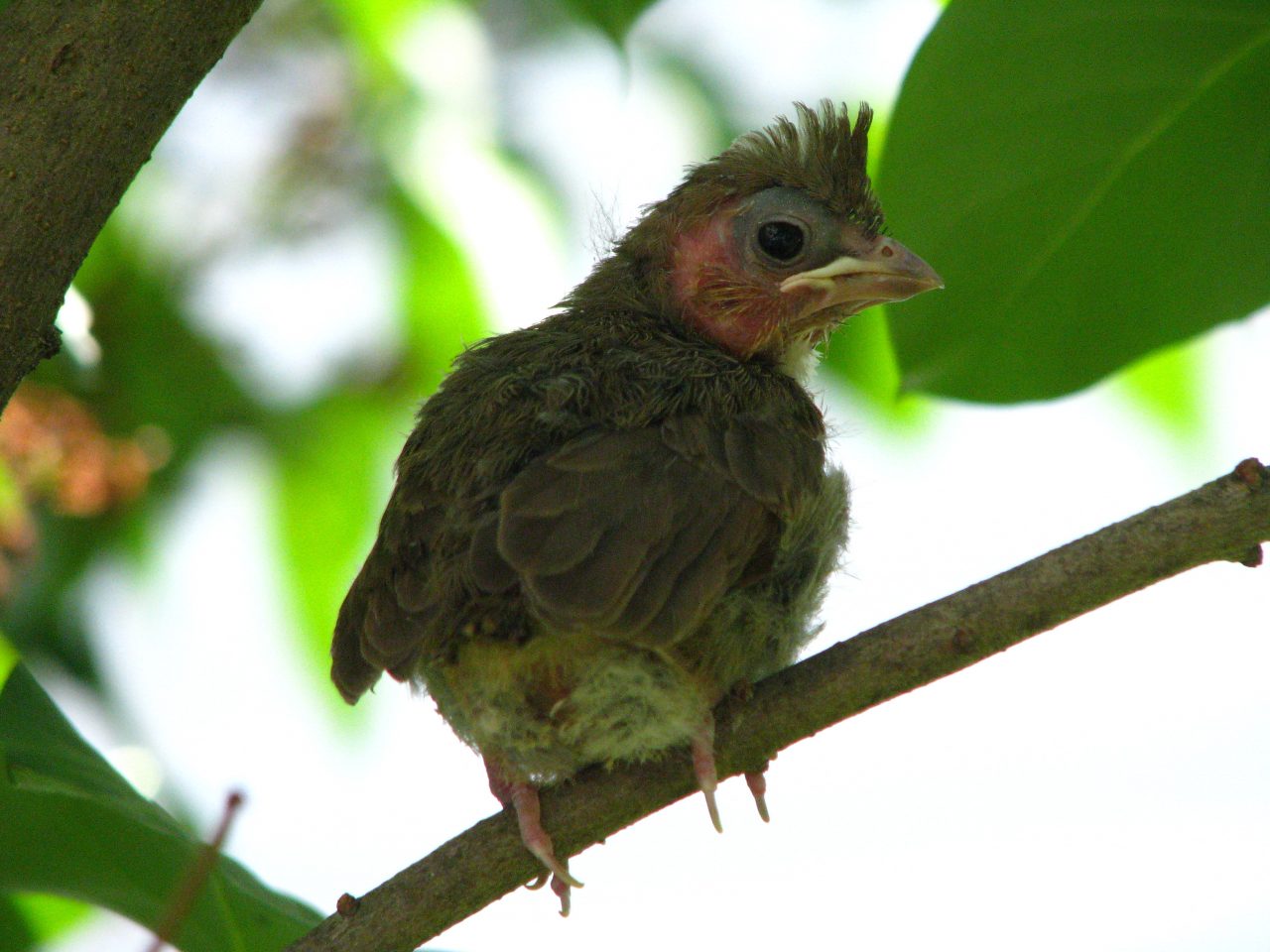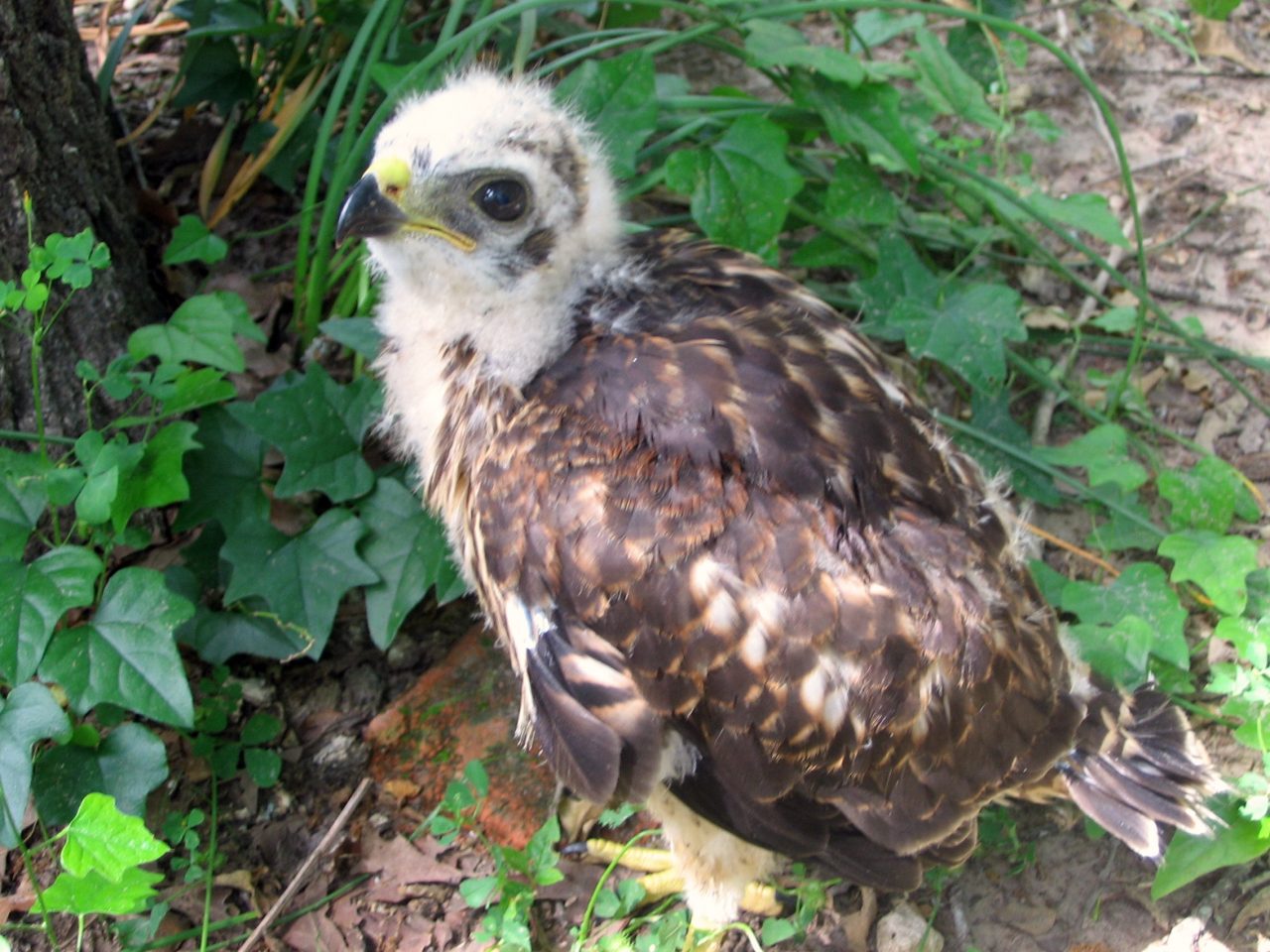On Bird Hill
On Bird Hill by Jane Yolen, illustrated by Bob Marshall
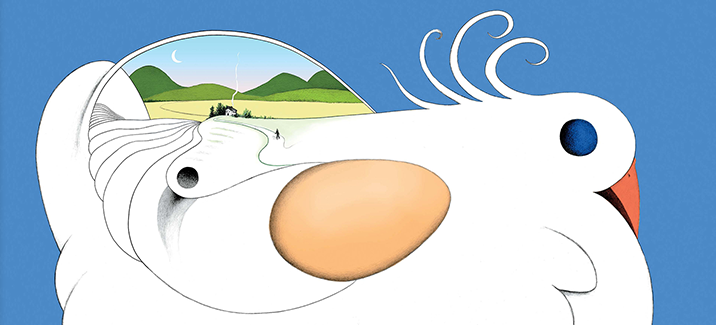
The On Bird Hill – Teacher’s Guide (8 pages, free download) features activities that target national science, math, writing, and art education standards for grades K-2. This website provides background information, digital content, and supplementary activities to complement the printable Guide.
Purchase your copy of the book
Supplemental Materials for the Activities in the Guide:
Activity 1. Retellings and Reenactments
This video of an egg hatching will complement your reenactment of the story of On Bird Hill.
Additional questions:
- What differences do you notice between the two hatchings?
- Does it take long for a real chick to hatch?
- What is the chick like when it comes out of the egg?
Activity 2. Sequential Storytelling
Use this Story Board organizer to create a numbered sequence of the most important story events. Invite children to draw and/or write what happens in each square of the organizer.
Activities 5 and 6. So Many Nests & Build a Nest
Take a look at the Cornell Lab’s NestWatch site for more nest identification tips, including a Clutch Size chart. Show children images of different bird nests and have them guess at who they might belong to. (Don’t be fooled by non-bird nests!)

Mallard nest photo by USFWS on Flickr 
Hummingbird nest by tinyfroglet on Flickr 
Bald Eagle nest photo by Joshua Mayer on Flickr 
Killdeer Nest – by Ian an C. Hearn on Nestwatch 
Osprey Nest-by Harald Loeffler on NestWatch
Activity 7. Camouflage and Seek

Pheasant eggs photo by Martin Selway on Flickr 
Killdeer eggs photo by Johnathan Nightingale on Flickr 
White Wagtail photo by Melvin Yap on Flickr 
Eastern Meadowlark photo by CheepShot on Flickr 
Female Mallard by Jim Bauer on Flickr 
Yellow Warbler photo by stefuhnee_kayy on Flickr
Activity 9. Bouncing Baby Bird
Refer to the video below for a step-by-step guide to the activity. As an alternative, you may choose to play the video and answer the activity questions without doing the experiment.
[youtube id=”khgOTDvG-4A” size=”Large”]
Activity 10. Comparing Critters
Use the following sites to help you figure out what birds are common in your area:
Sort by region, habitat, and lots of other factors to find out who your neighborhood friends are!
Activity 11. See a Baby Chick Hatch
Reference the video for the Retelling and Reenactments activity to observe the hatching of a baby chick. You can also visit the All About Birds Bird Cams page to view live streams of different bird nests, including a Red-tailed Hawk’s nest and a Great Horned Owl’s nest.
Activity 12. Changing Chicks
Can you tell whose baby is whose? Use the pictures below to play a matching game with children and compare the ways young and adult birds look.

Adult Blue Jay photo by Melody Walsh 
Adult Canada Geese photo by Tresa Moulton 
Adult Northern Cardinal photo by Alan Green 
Adult Red-tailed Hawk photo by Edward Mertz 
Young Blue Jay photo by Amanda Galiano on Flickr 
Gosling (young Canada goose) photo by Dan Davison on Flick 
Young Northern Cardinal photo by garden Beth on Flickr 
Young Red-tailed Hawk photo by Binomialphoto on Flickr

